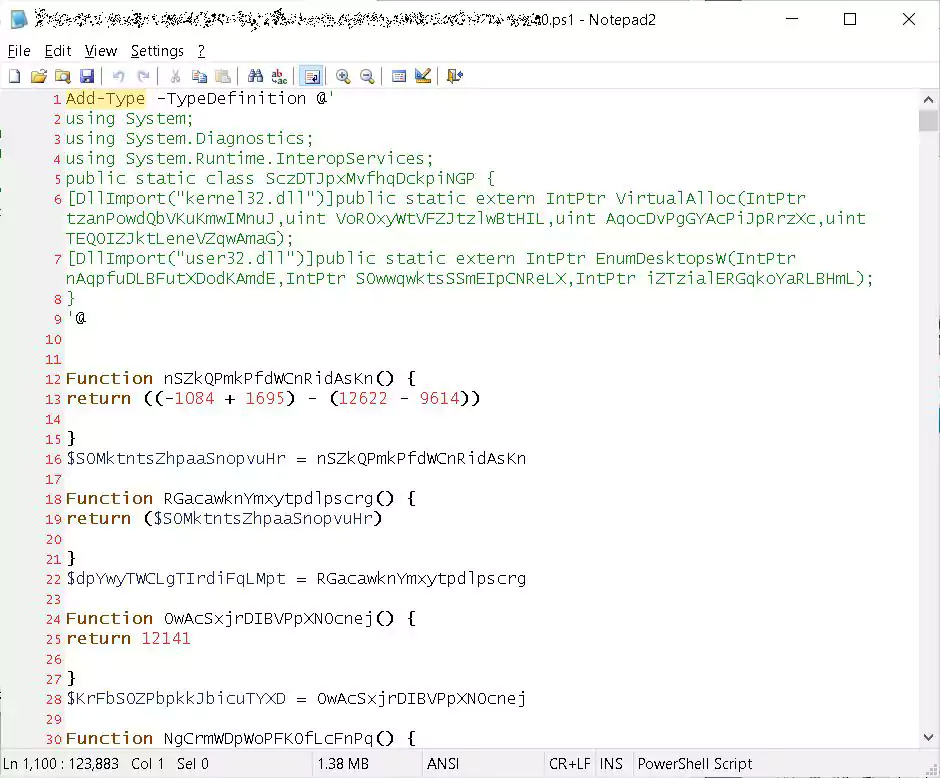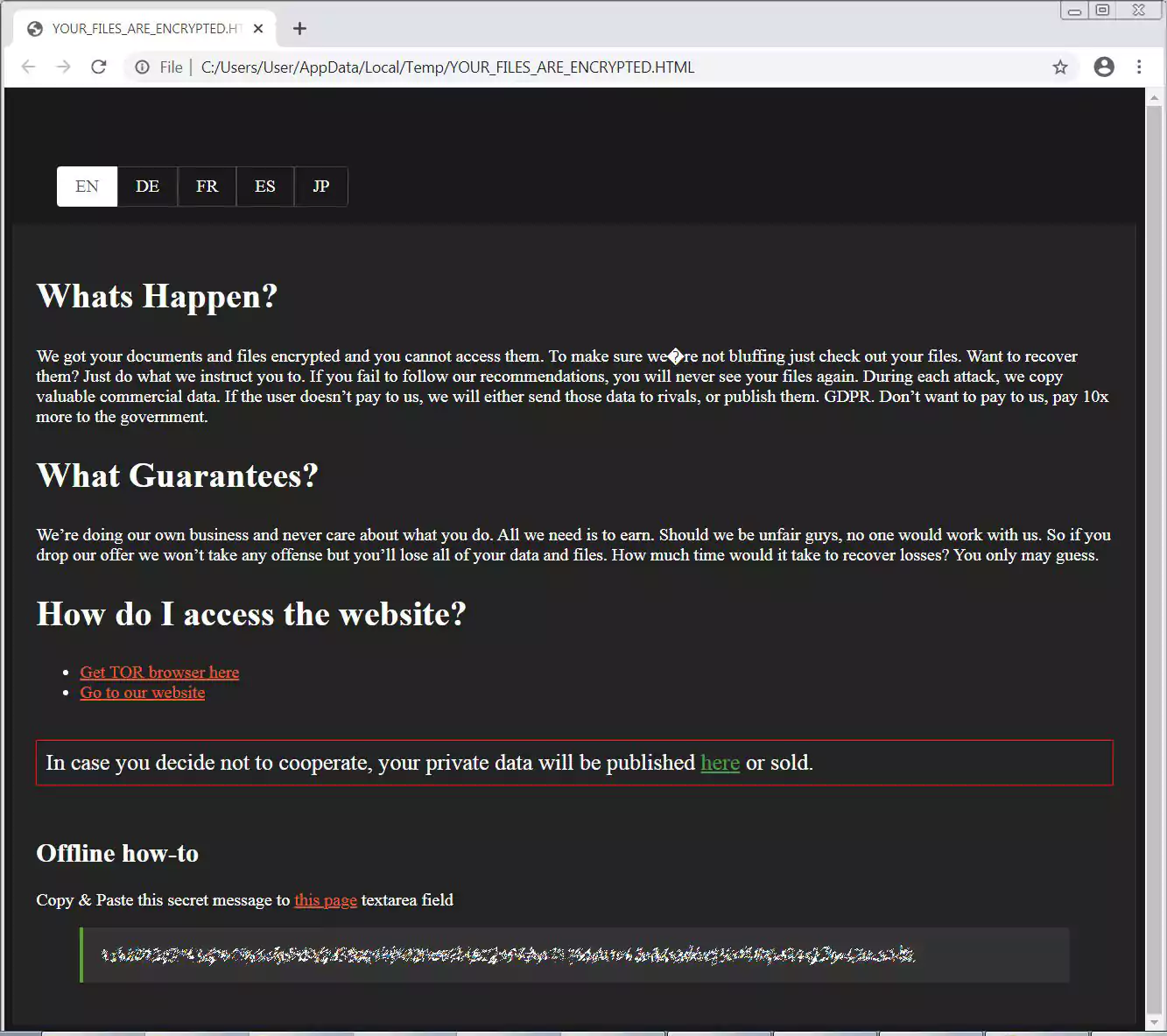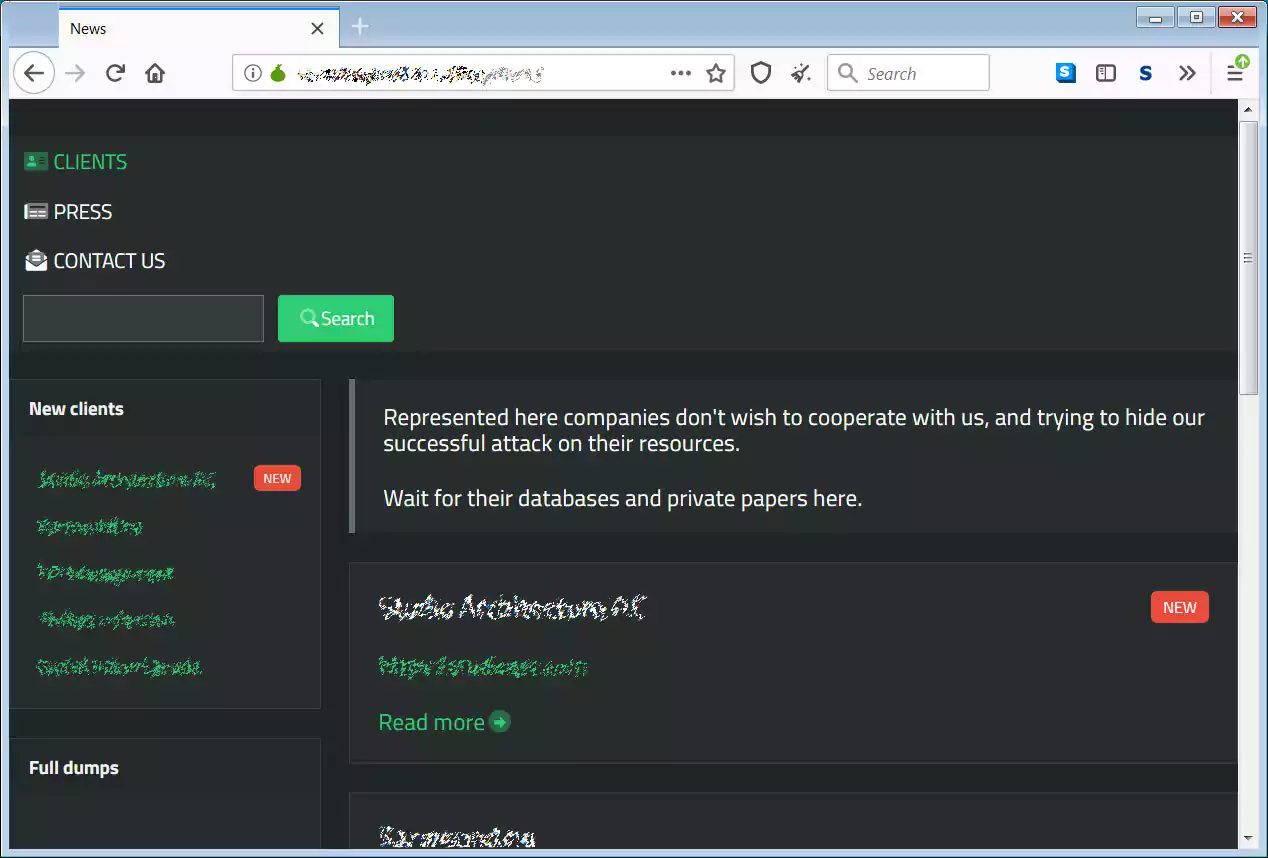KEEP IN TOUCH
Subscribe to our mailing list to get free tips on Data Protection and Cybersecurity updates weekly!







A ransomware named SunCrypt has joined the ‘Maze cartel,’ and with their membership, we get insight into how these groups are working together.
In June, we broke the story that the Maze threat actors created a cartel of ransomware operations to share information and techniques to help each other extort their victims.
When first started, this cartel included Maze and LockBit, but soon expanded to include Ragnar Locker.
When Maze first formed this group, they refused to answer our questions on how members of their cartel benefited, and if there was a monetary benefit to Maze.
In an email sent to BleepingComputer, the operators of a ransomware named SunCrypt stated that they are a new member of the Maze Ransomware cartel.
Based on submissions statistics to ID-Ransomware, this ransomware family began operating in October 2019, but was not very active.
SunCrypt told BleepingComputer that they are an independently run ransomware operation from Maze, but as part of the cartel, they have “two-way communication channels with them,”
When asked why they joined this ‘cartel,’ we were told that Maze could not handle the volume and needed outside help.
“They just can’t handle all the available field of operations. Our main specialization is ransomware attacks,” – SunCrypt ransomware operators.
After further questions, they eventually told us that they “share revenue from the successful operation,” but did not provide any details about what Maze provided to earn that revenue share.
Based on their statement that they were brought in because Maze can’t handle all of the potential attacks, Maze may provide compromised network access to cartel members in exchange for a revenue share.
From a ransomware sample seen by BleepingComputer, it looks like cartel members get more for their money.
Yesterday, GrujaRS was finally able to find a sample of the SunCrypt ransomware so we can get a better glimpse into how the ransomware works.
The SunCrypt Ransomware sample is installed via a heavily obfuscated PowerShell script, shown below.

When the ransomware is executed, it will connect to the URL http://91.218.114.31 and transmit information about the attack and its victim.
The use of this IP address provides another big clue as to what services the Maze threat actors provide their cartel members.
For months, Maze has been hosting a data leak site and launching attacks from known public IP addresses. Yet in all this time, their services remain intact and have not been taken down by law enforcement.
The 91.218.114.31 address is one of the addresses that the Maze operation uses as part of its campaign. Even more similar, Maze infections also transmit information to this IP address during an attack.
This shared IP address means one of the two things; Maze is sharing their infrastructure or white-labeling their ransomware technology to other groups.
This sharing of resources would also explain why they would earn a revenue share for each ransom payment.
Also read: Top 3 Simple Data Backup Singapore and Recovery Methods
The SunCrypt ransomware itself is still being analyzed, but we can provide a basic overview of the ransomware.
The ransomware is currently being distributed as a DLL that, when executed, will encrypt a computer’s files.
When encrypting files, it will append a hexadecimal hash to the end of each file name. It is not known what this hash represents.

In every folder a ransom note named YOUR_FILES_ARE_ENCRYPTED.HTML is created that contains information on what happened to a victim’s files and a link to the Tor payment site.

The Tor link enclosed in a ransom note is hardcoded into the ransomware executable. This means that every victim encrypted by a particular SunCrypt executable will have the same Tor payment site link.
The Tor payment site does not have automated features and simply contains a chat screen where a victim can negotiate a ransom with the SunCrypt threat actors.
Furthermore, every ransom note contains a link to the SunCrypt data leak site that the threat actors warn will be used to publish the victim’s data.

At this time, there are approximately five victims listed on the SunCrypt data leak site.
Other ransomware operations that run data leak sites or have stolen unencrypted files to extort their victims include Ako, Avaddon, Clop, Conti, CryLock, DoppelPaymer, Maze, MountLocker, Nemty, Nephilim, Netwalker, Pysa/Mespinoza, Ragnar Locker, REvil, Sekhmet, Snatch, and Snake.
SunCrypt is currently being analyzed for weaknesses, and it is not known if it is possible to recover files for free.
Also read: How to Make Data Protection Addendum Template in Simple Way